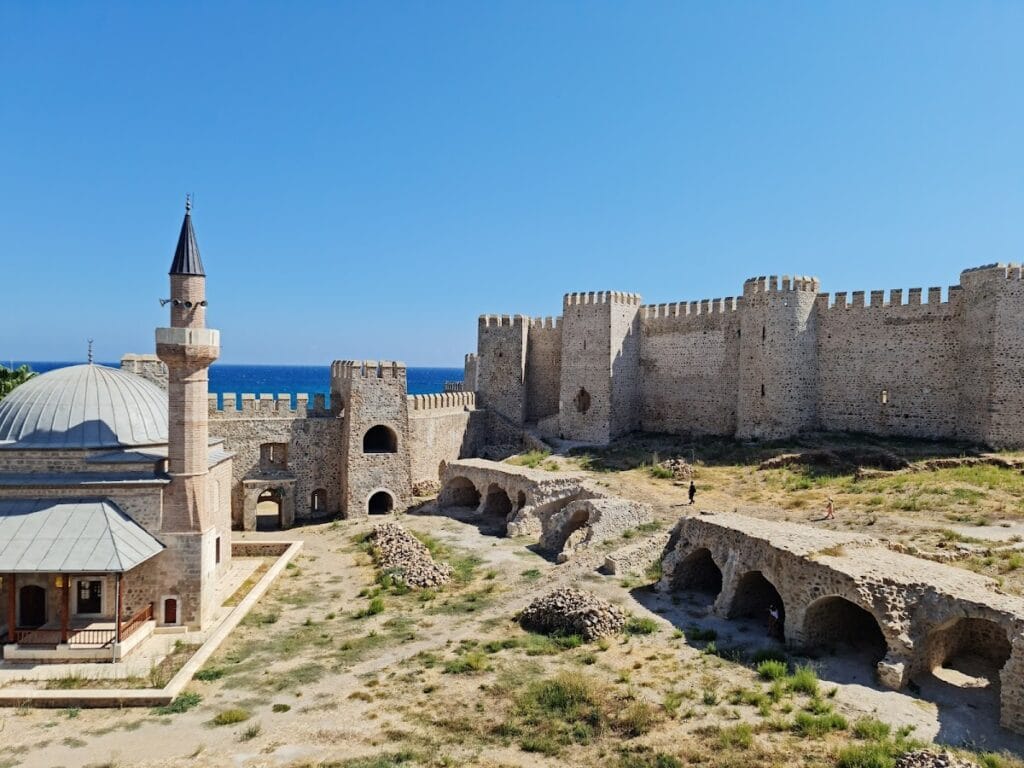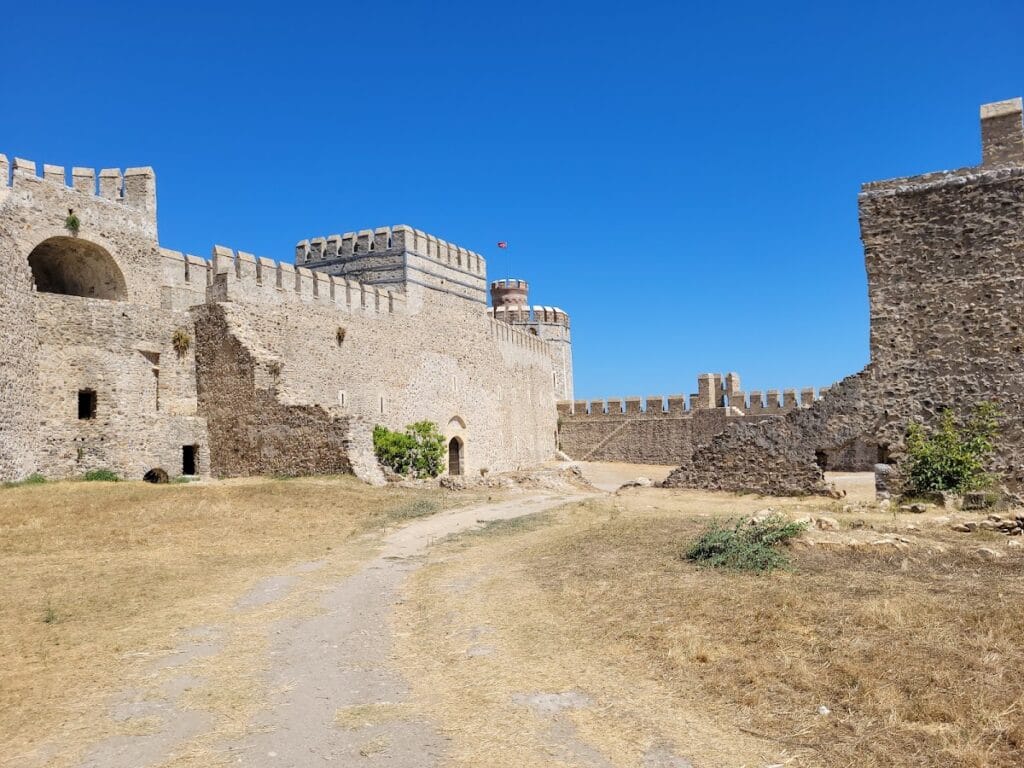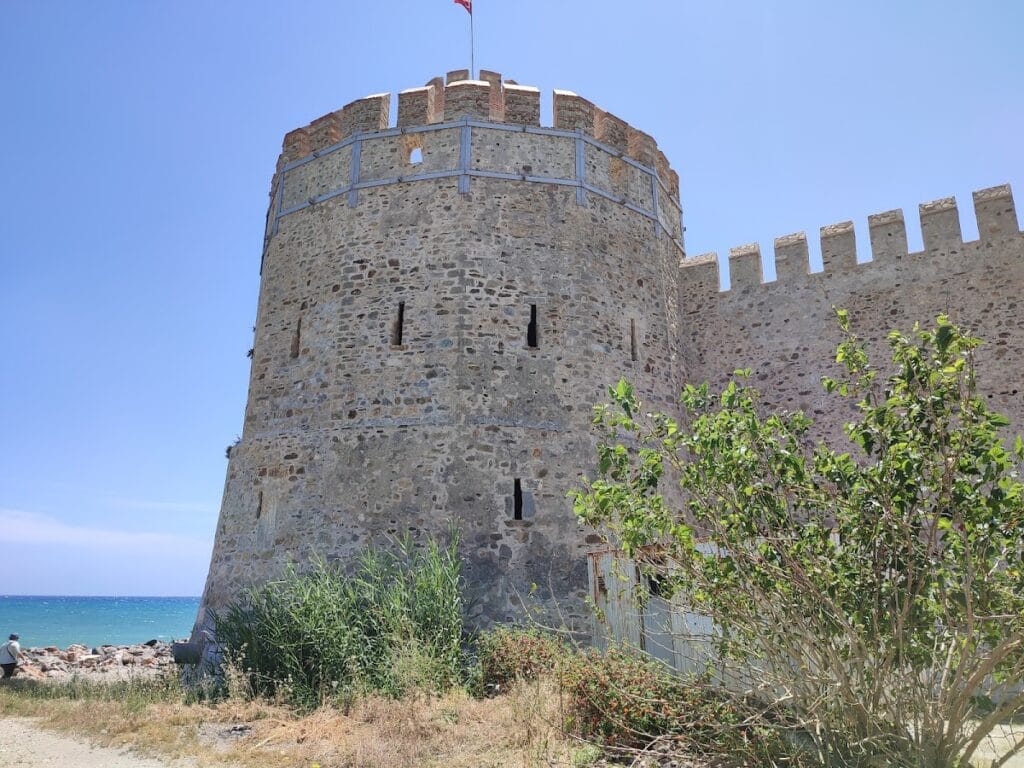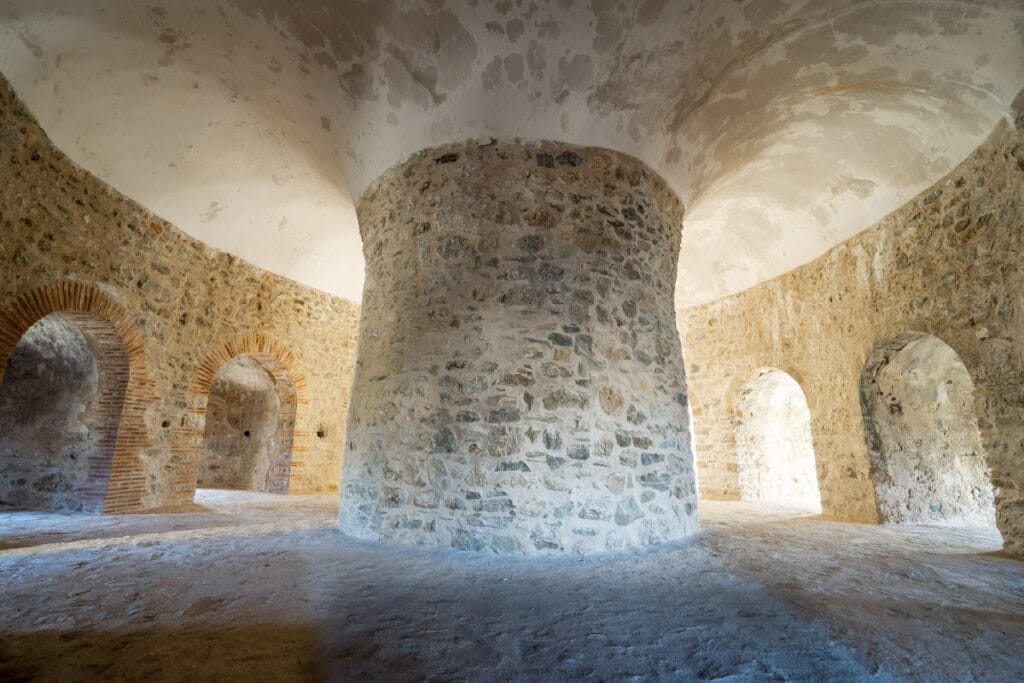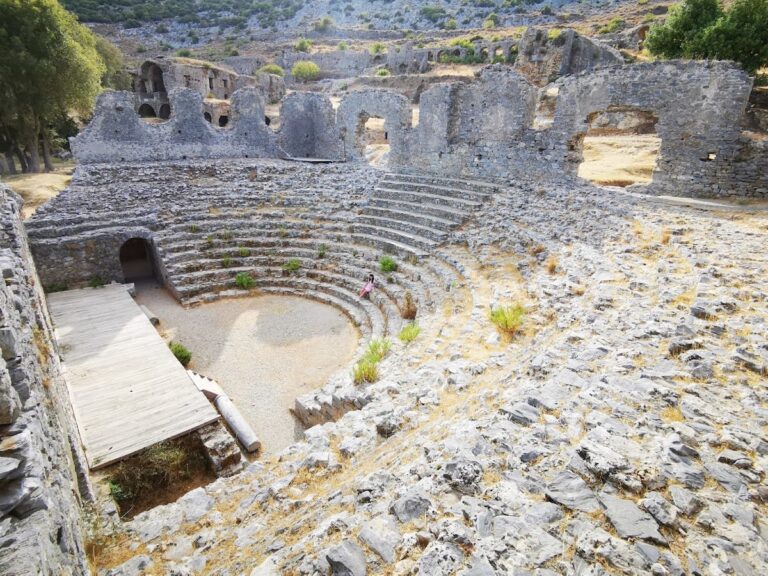Mamure Castle: A Historic Fortress on Turkey’s Mediterranean Coast
Visitor Information
Google Rating: 4.6
Popularity: Medium
Google Maps: View on Google Maps
Official Website: www.kulturportali.gov.tr
Country: Turkey
Civilization: Unclassified
Remains: Military
History
Mamure Castle is located near Anamur within the municipality of Bozdoğan in modern Turkey. Its origins trace back to a Roman fortress established in the 4th century, constructed to defend the Mediterranean coastline from pirate attacks.
During the medieval period, the fortress was taken over and enlarged by the rulers of the Armenian Kingdom of Cilicia. They adapted and reinforced the castle, making it a key military stronghold in the region. Subsequent reconstructions occurred through the Byzantine era and during the time of the Crusades, reflecting the site’s continued strategic value against regional threats.
In 1221, the castle changed hands when the Seljuk Turkish leader Alaaddin Keykubad I captured the ruins and incorporated earlier defensive works into an expanded fortress. This expanded structure served as a robust military base under Seljuk control. Later, the Karamanid dynasty defeated previous owners and took possession of the castle. During the reign of Beylerbey Badr ed-Din Mahmut in the early 14th century, an inscription dating to 1450 commemorates both the castle’s capture and a series of repairs undertaken under his authority. Following these renovations, the fortress became known as “Mamure,” a term meaning “prosperous,” reflecting the renewed strength and importance of the site.
The castle entered the Ottoman domain in 1475, after which it assumed much of the form visible today. Over the centuries, its military role diminished, and by the 18th century, parts of the fortress were converted for use as a caravanserai, providing lodging for travelers and merchants. This marked a shift from a purely defensive function to a commercial and hospitality role.
Remains
Mamure Castle stretches over an area of about 23,500 square meters and is encircled by a moat, underscoring its defensive design. Its imposing outer walls measure roughly 580 meters long and are reinforced by 39 towers and bastions connected by wide walking paths known as ramparts. These fortifications demonstrate a layered defense system that evolved through various periods of construction and repair.
The castle’s layout includes three linked fortified zones. To the west lies the Inner Castle, or citadel, which formed the most secure part of the complex. The northern section, called the Outer Castle, extends the defensive perimeter, while to the east is the Inner Courtyard, a protected space within the core of the fortress.
Within the western courtyard, visitors can find a small complex comprising a single mosque, likely serving religious needs during the castle’s later periods. Adjacent to the mosque are the remains of a Turkish bathhouse, or hammam, which would have provided facilities for hygiene and relaxation to those living or stationed inside.
The southern courtyard contains the ruins of a lighthouse situated on the main southeastern tower. This structure would have guided ships along the Mediterranean coast, reflecting the castle’s dual role in defense and maritime navigation. The fortress’s location directly on the coastline, near the present-day D400 highway and about six kilometers east of Anamur, highlights its historical function as a watchpoint and protector of sea routes.

